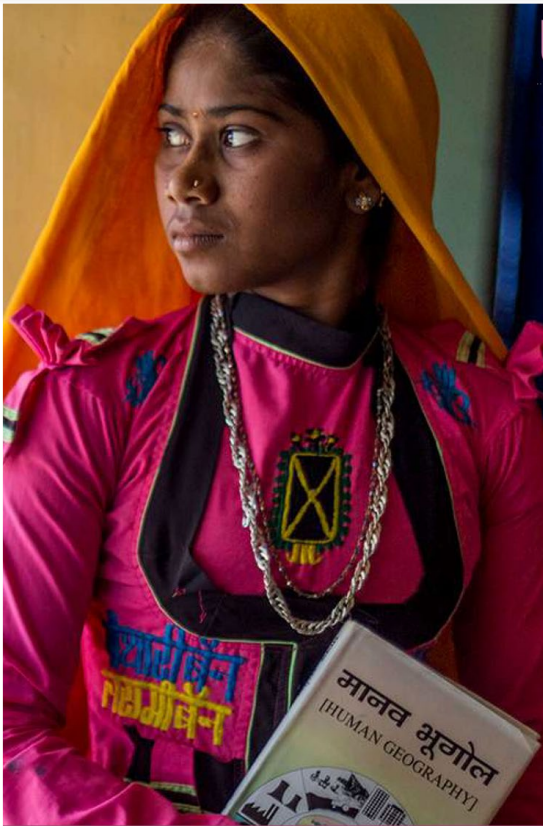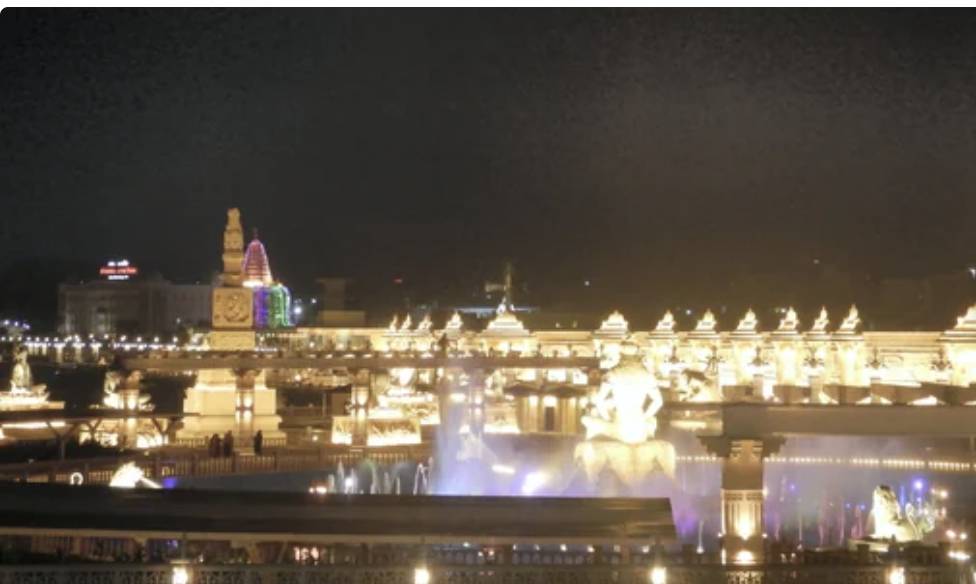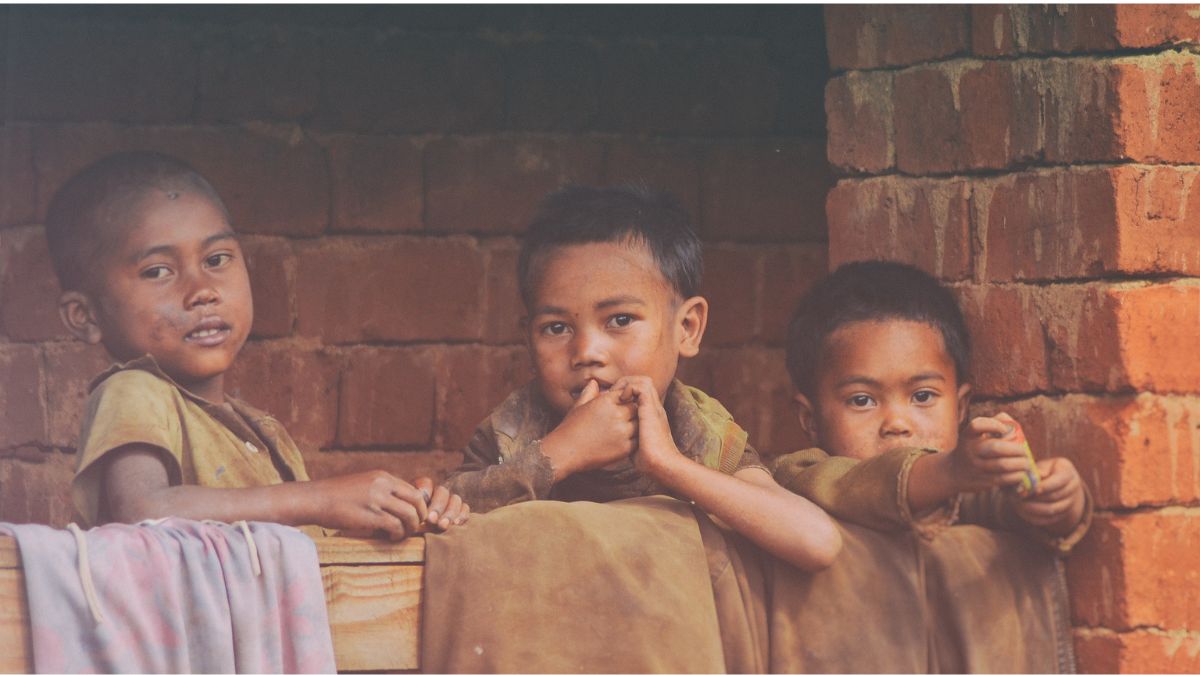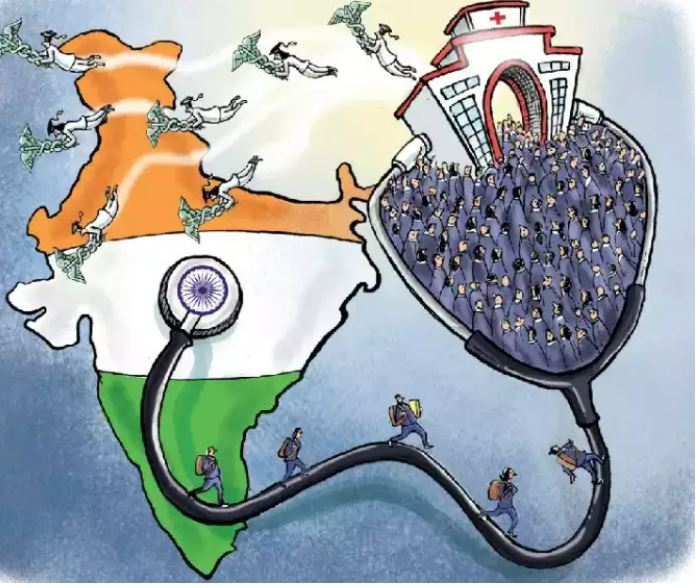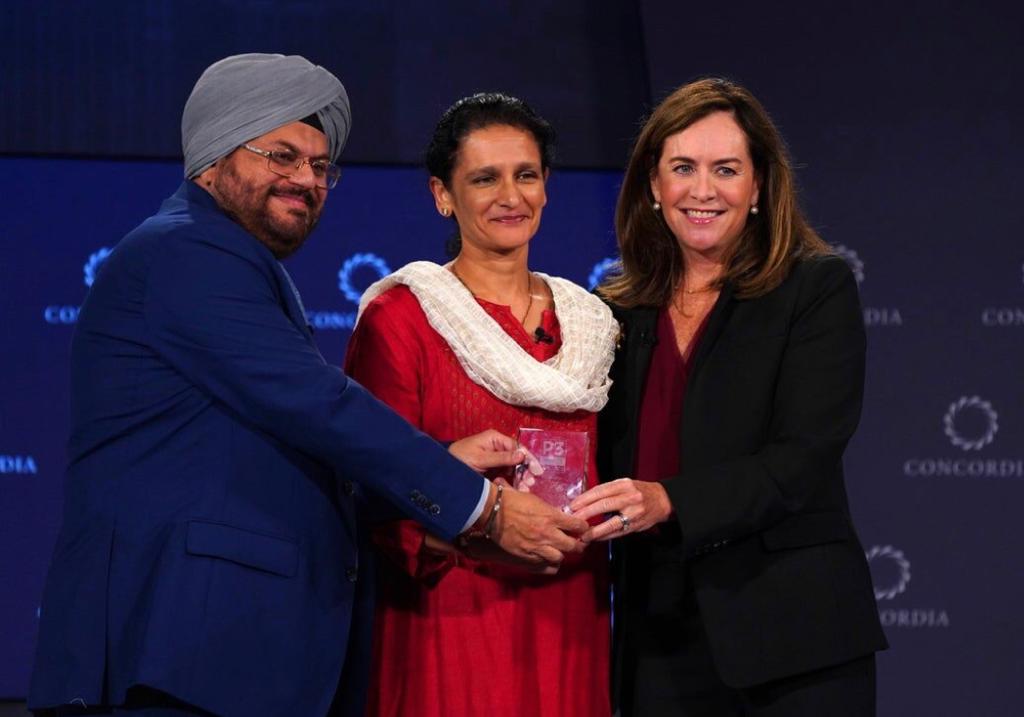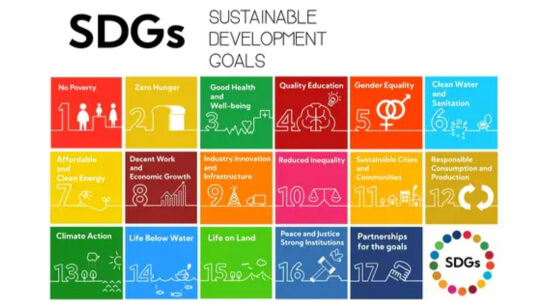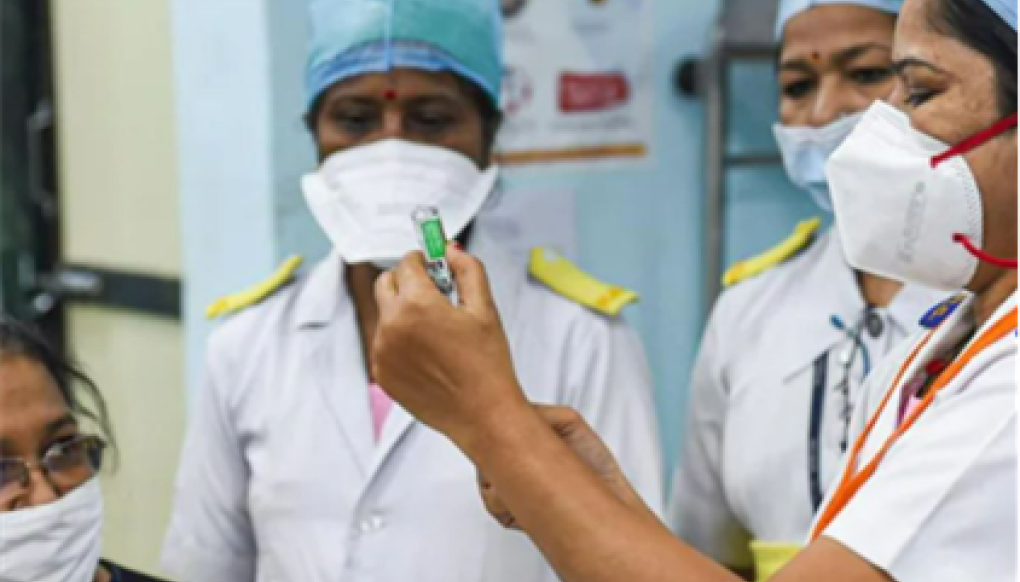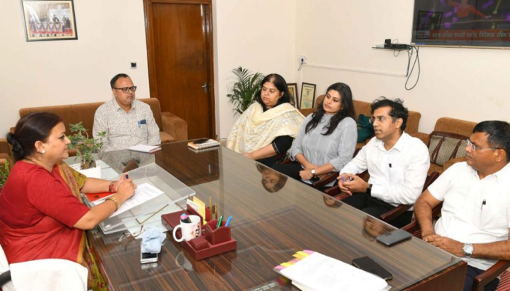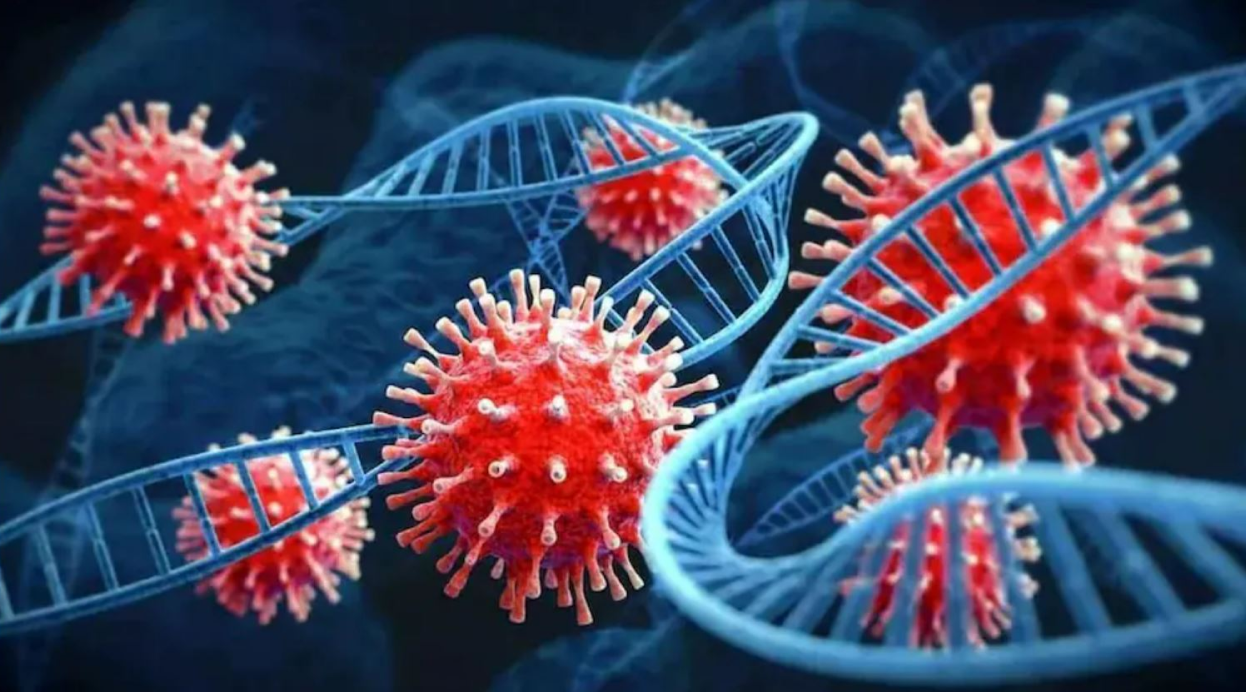The Beti Bachao-Beti Padhao (BBBP) campaign launched in 2015 in Haryana have brought positive results leading to improvement in the child sex ratio in a state known for skewed sex ratio. A study has claimed that the policy regulations have ensured significant change in sex ratio at birth (SRB) in Haryana.
The study jointly conducted by Chandigarh’s PGI, Haryana government officers and IPE Global, a consulting firm, which recently appeared in a journal ‘Health Policy and Planning’ published by London School of Hygiene and Tropical Medicine has explained how the campaign has changed the scenario in terms of the ratio of girl and boys.
After launch of the BBBP in Haryana in 2015, the sex ratio at birth has increased to 914 in 2017 in comparison to just 871 newly born females against each 1,000 males in 2014. However, the researchers have examined the SRB figures based on civil registration system up to September 2016 from 2005 when the sex ratio at birth was 827.
According to the researchers, the sex ratio at birth in Haryana improved by 1.696 points per month between June 2015 to September 2016 which was just 0.012 % before the launch of the campaign. The researchers believe that the campaign started showing visible impact in figures almost after six months of its launch because of various factors including pregnancies and deliveries.
“Our study is the first evidence, which points towards the beneficial effect of a comprehensive regulatory policy to curb the sex selective abortion in India,” says Shankar Prinja from School of Public Health, Post Graduate Institute of Medical Education and Research (PGIMER), Chandigarh, in the study. Speaking to The Indian Express on Saturday, Prinja said, “If the campaign was not launched effectively, virtually, there would not have any significant impact on the sex ratio at birth.”







